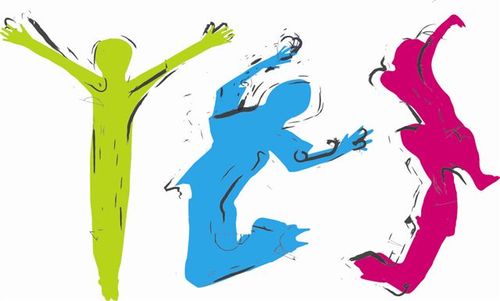
02 Oct Living The Four Agreements: Your best YES!
I’m on a greyhound bus, watching sunrise talcum powder the sky soft rose and gold and turquoise. As the golden hills and massive oak trees of California start to merge into the tall soldier pine forests of Oregon, I have a song jangling around in my sleepy head like loose keys in a big purse.
I’ll stay on the bus, forget about us, put the blame on me
If I don’t see a yellow ribbon ’round the old oak tree
This jaunty song, which was the most popular song of 1973, tells the story of a man released from prison who creatively asks his beloved if she wants him back or not. In a letter he tells her that a yellow ribbon ’round the old oak tree means yes, the lack of a ribbon means no.
When the bus he is on drives by the oak tree there is no doubt about the answer:
Now the whole damn bus is cheering,
And I can’t believe I see
A hundred yellow ribbons ’round the old oak tree
Now that is an example of a clear YES!
Recently I wrote a blog about staying in the open energy of “I don’t know” by responding to experiences as neither good or bad (maybe yes, maybe no). Today I want to explore the power of giving something your 100 percent YES. And the importance of taking the risk, as the man in the song did, to ask others for a clear yes or no.
There are times saying yes to something is a full-body stepping in, a divine commitment to the future. Whether you are saying yes to a relationship, a work contract, an exercise program, or a spiritual practice, how present you are with your yes can mean the difference between long term sustainability vs short term fizzle.
Often we withhold our 100 percent yes for fear of being rejected. This is especially true in situations where we have been rejected before, or when we have self-doubt. Instead of putting 100 percent of ourselves forward, we put 50 or 60 percent, withholding a part of ourselves to stay safe.
In other words, we withhold our best.
What would happen if you starting living your yes’s from 100 percent? Or even just bumping them up 10 percent from where they are now?
When you begin increasing the energy you put behind your yes, you may notice places of fear or discomfort that arise. Watch what your mind says of why a full yes is not a good idea. What is your mind wanting to protect or where are you not clear? As always, be curious about what keeps you from a full, I’M IN! yes.
One of my favorite yes stories is of two of my friends who were a couple for a long time before they got engaged. When the “will you marry me” question was finally asked, my friend took a few days to get clear on her answer. She then fully shared her yes by creating many different “yes” art projects around their house, including a huge “yes!” sign at the front of their house.
When you take the time to listen, your yes comes from your heart rather than your head. It is easy to say yes when we don’t really mean it, or to say yes without letting our full being engage in our decision. And it is such a joy when you let go of the doubts, fears, and internal noise to arrive at and share your YES!
The flip side of giving a robust yes is the courage it takes to ask for a clear yes or no from others. If you fear what the answer will be, you might make due living in an ambiguous situation. This can easily lead to making assumptions and writing stories about the other person’s experience. Not much fun. So be brave, be open, and ask, inviting the truth of yes or no.
This week’s practice: Watch to see where you withhold your yes, or where you are afraid to ask someone else for their yes or no. Practice making clear decisions, and putting your energy and actions behind your yes. And in places where their is unclarity in a relationship or agreement, do your best to ask with love and no expectations for their yes or their no.
Next blog I’ll write about getting to love NO, both giving and receiving!
__________________________________
Heather Ash’s apprenticeship with don Miguel Ruiz, author of The Four Agreements, began in 1994, and she now teaches with the Ruiz family. She is the author of The Toltec Path of Transformation and founder of Toci, The Toltec Center of Creative Intent. www.toci.org




Sorry, the comment form is closed at this time.